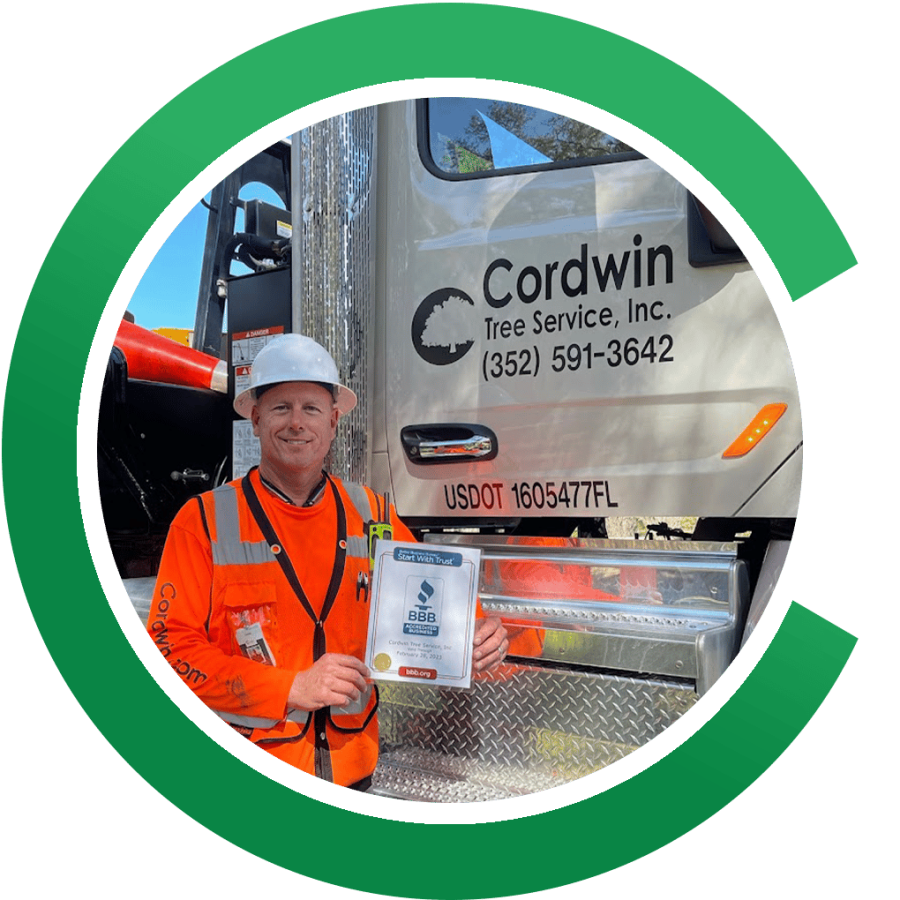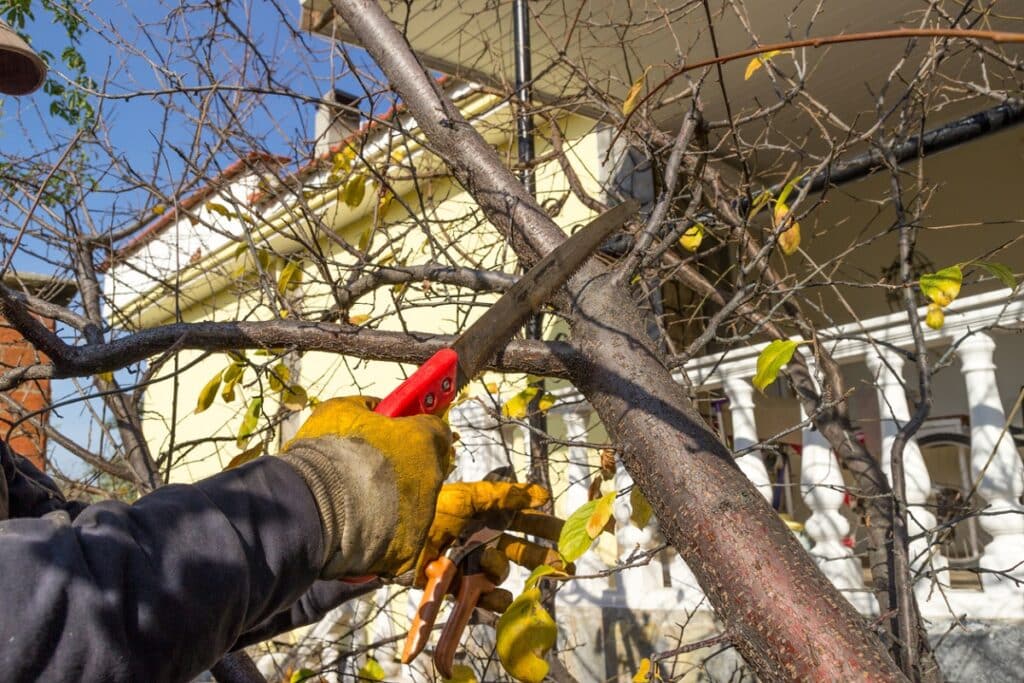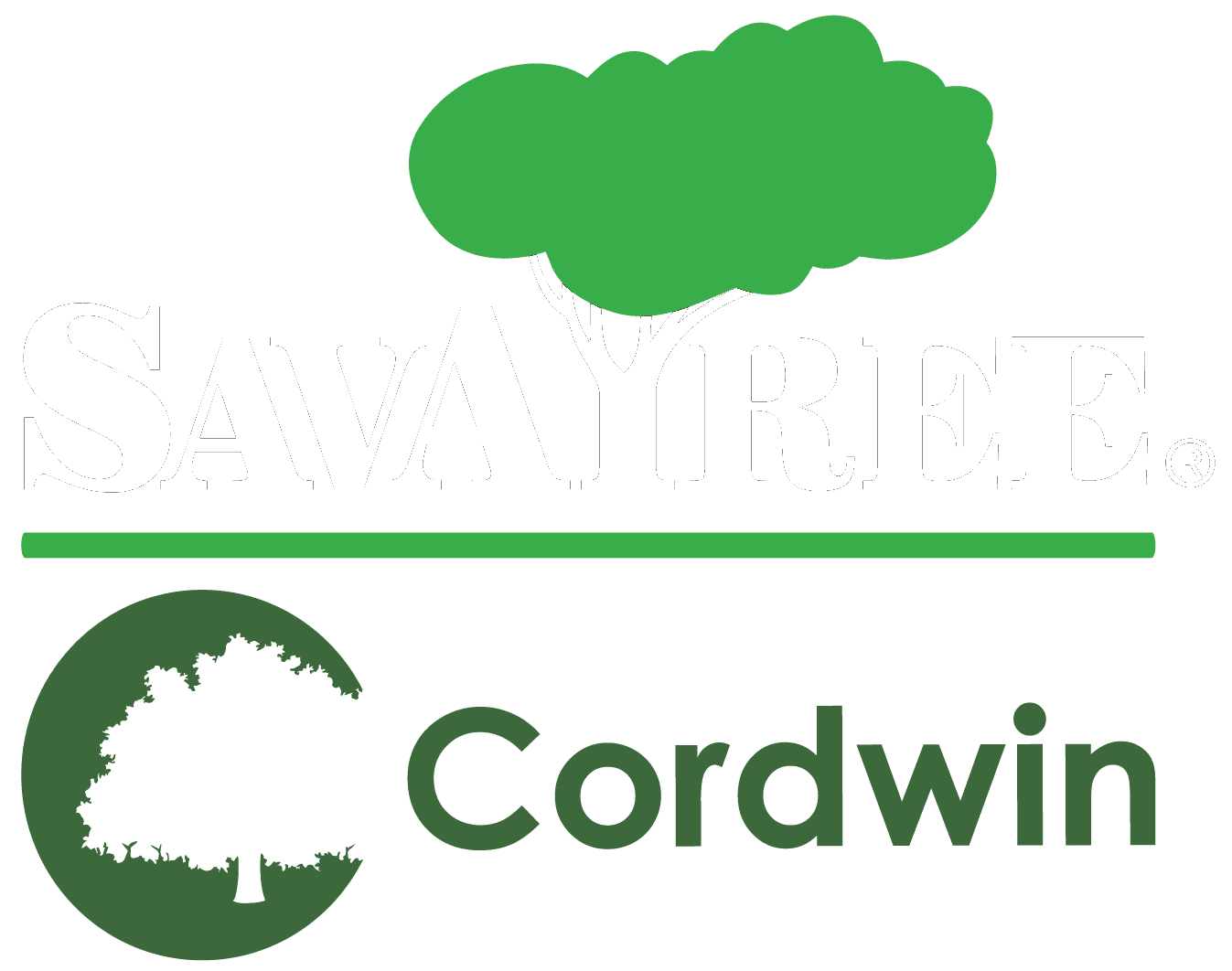Keeping trees properly trimmed and pruned keeps them looking great and ensures proper growth. Tree trimming also provides an opportunity to examine the overall health of a tree and catch issues such as disease and rot before they spread. While trimming and pruning is necessary, it can also be a dangerous job if not done correctly and with adherence to a few safety precautions
Careful Planning
Prior to beginning to cut trees or branches, it’s important to study them thoroughly first. This helps an arborist determine what needs to be removed before they begin their work. Knowing which branches need trimming also helps with planning related to property protection. When examining the tree, an arborist will look for:
- Signs of rotting and decay
- Cracks in branches
- Broken branches
When planning the trimming project, an arborist will also make note of any surrounding property that needs to be moved before starting. For property that can’t be moved, such as permanent structures or landscaping features, arborists will employ strategies to minimize risk. This may include using protective barriers or plywood to shield structures from falling branches. Additionally, strategic cutting techniques are utilized to control the direction in which larger branches fall, ensuring they don’t cause damage to the property or injury to people below.
Moreover, careful consideration is given to the positioning of ladders or aerial lift devices to ensure they are placed on stable ground and at safe angles to prevent tipping. Arborists may also use ropes and pulleys to guide the descent of cut branches away from sensitive areas. By meticulously planning each cut and taking these precautions, arborists not only protect the property but also enhance their safety and the well-being of bystanders.
Using the Right Equipment
Having the correct tools for the job is critical for both the safety of the arborist and the health of the tree. For trimming small branches, hand pruners and loppers are sufficient. However, larger limbs will require the use of saws or even a chainsaw. Personal protective equipment (PPE) such as gloves, safety goggles, hard hats, and protective footwear should always be worn to minimize the risk of injury. If working at heights, the use of safety harnesses, ropes, and ladders, or even a cherry picker for very tall trees, is essential. Ensure all equipment is in good condition and appropriate for the specific task at hand.
Working With a Partner
Tree trimming, especially in challenging conditions or at significant heights, should never be a solitary task. Working with a partner ensures that there’s someone to assist with stabilizing ladders, passing tools, or managing safety lines. A partner can also act as a spotter, keeping an eye on falling branches and ensuring the area remains clear of people, pets, and potential property damage. This collaboration significantly enhances safety by providing immediate help in case of emergencies or accidents.
Contact the Local Tree Care Professionals
While you can do some light trimming yourself, most tree-trimming tasks are too risky or complex for untrained individuals. This includes working on large trees, trees that are close to power lines, or trees that require climbing. Professional arborists have the training, experience, and equipment to handle these situations safely. If you need tree trimming or pruning in the Ocala, FL area, get in touch with Cordwin Tree Service to schedule an appointment.







